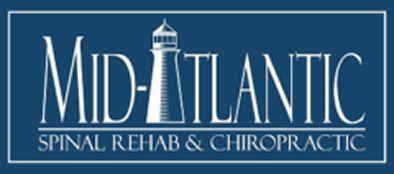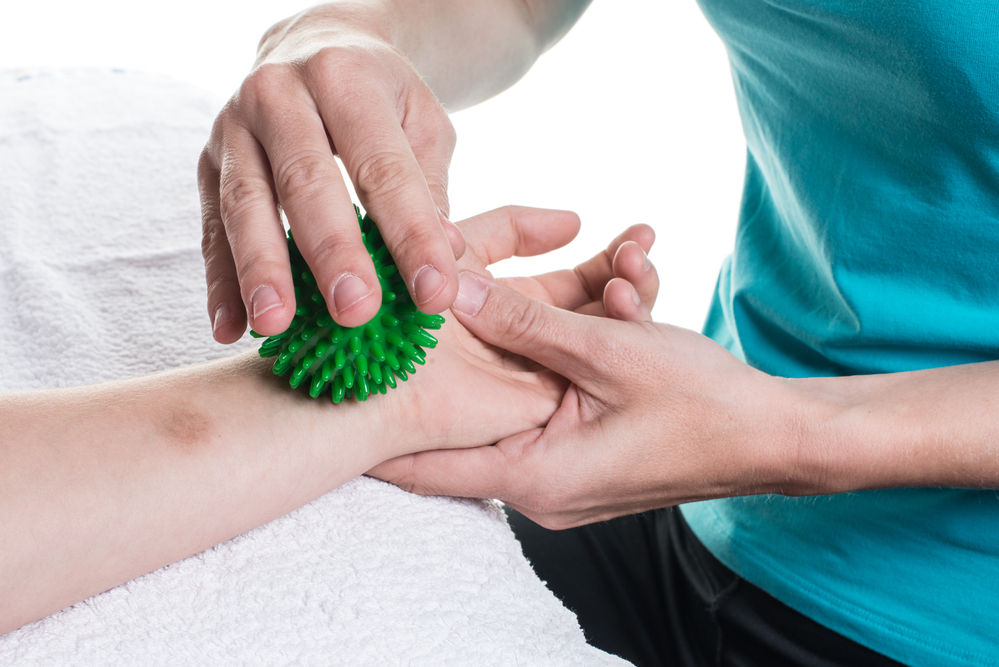Baltimore, Maryland Occupational Therapy Office
Answering Your Commonly Asked Questions About Occupational
Occupational therapy is a wonderful way for a person to get their daily life back. If you have been prescribed or recommended to complete occupational therapy, you may have a few questions, and luckily we can help. We have answered some commonly asked questions about occupational therapy in Baltimore, MD so you will be as informed as can be before you head to your first session.
What Is Occupational Therapy?
Occupational therapy in Baltimore, MD helps individuals of all ages relearn and re-engage in daily activities. The goal of this therapy is to help someone learn how to live independently and without pain through working on how to complete various occupations you can find in your daily life.
How Does Occupational Therapy Differ From Physical Therapy?
There are many misconceptions about occupational therapy compared to physical therapy in Baltimore, MD. Where occupational therapy is meant to help people regain independence in their everyday life, a physical therapist will help the human body move again. For example, an occupational therapist would help a child learn how to write their name or help an adult learn how to brush their teeth, while a physical therapist can help a patient heal after a broken bone or a hurt joint.
How Exactly Does Occupational Therapy Help a Patient?
As occupational therapy in Baltimore, Maryland focuses on all different “occupations”, therapists work on and with several different areas of performance within the body. This includes:
Fine motor skills — the actions and dexterity of the small muscles in fingers and hands
Gross motor skills — the actions and dexterity of larger muscles such as the arms, shoulders, and torso
Oral motor skills — the actions and dexterity of the muscles surrounding the mouth including the tongue, jaw, and lips
Neuromotor skills — how the muscles move and work, such as overall muscle strength and reflexes
Visual motor skills — how a person moves based on visual cues
Sensory integration — how a person takes in and responds to information around them
When working on these skills, a therapist is able to help a person bathe, socialize, sleep better, take care of others, prepare meals, drive, plan their finances, and eat. If it has to do with improving your quality of life, your occupational therapist will help you achieve it!
What Are Occupational Therapy Sessions in Baltimore, MD Like?
Before you start treatment, you will have to go through an evaluation by your therapist in order to see what you can and cannot accomplish. The therapist will assess how to treat your disabilities and what to achieve as your end goal. Then, they will come up with a series of steps to go over with you in treatment and give you a timeline on how long it will take to get to that level. Additionally, we recommend that you practice these exercises and activities at home on your own time to improve treatment and to quicken up your recovery process.
Occupational therapy in Baltimore, MD is a wonderful treatment that will bring you your freedom and independence again. If you have any questions about how this treatment can help you, or to schedule an evaluation, please contact our professionals at Mid-Atlantic Spinal Rehab today.

